Stars and Galaxies Worksheet Parallax
Are you curious about the vast expanse of the universe and want to learn more about stars and galaxies? If so, we have just the thing for you! Our Stars and Galaxies Worksheet Parallax is designed to help you understand the concept of parallax and how it can be used to measure distances in space. With clear explanations and engaging exercises, this worksheet is perfect for both astronomy enthusiasts and students studying the subject.
Table of Images 👆
More Other Worksheets
Kindergarten Worksheet My RoomSpanish Verb Worksheets
Cooking Vocabulary Worksheet
DNA Code Worksheet
Meiosis Worksheet Answer Key
Art Handouts and Worksheets
7 Elements of Art Worksheets
All Amendment Worksheet
Symmetry Art Worksheets
Daily Meal Planning Worksheet
What is parallax?
Parallax is the apparent change in position of an object when viewed from different angles. This phenomenon occurs when the observer's line of sight changes, causing the object to appear to shift its position relative to the background. Parallax is commonly used in fields like astronomy to measure distances to celestial objects.
How is parallax used to measure the distance to nearby stars?
Parallax is used to measure the distance to nearby stars by capturing images of a star at different times of the year when the Earth is at different points in its orbit around the Sun. By observing how the position of the star shifts relative to more distant background stars, astronomers can calculate the angle of the parallax and use this information to determine the distance to the star. The greater the observed shift in position, the closer the star is to Earth, allowing astronomers to accurately measure the distance to nearby stars using this method.
What is the baseline used in parallax measurements?
The baseline used in parallax measurements is the distance between two observing points from which the position of an object is measured. This baseline allows for the calculation of the parallax angle, which is used to determine the distance of the object relative to the observer.
How does parallax change with the distance to a star?
Parallax decreases as the distance to a star increases. The parallax angle is the apparent shift in position of a star when viewed from different points in Earth's orbit, and it is inversely proportional to the star's distance - the farther the star is, the smaller the parallax angle. This is because the angle subtended by the line between the Earth and the star becomes smaller as the distance to the star increases, resulting in a reduced parallax effect.
What is the parallax angle?
The parallax angle is the angle between the line of sight to an object from two different vantage points. It is commonly measured in astronomy to determine the distance to stars and other celestial objects by observing how their position appears to shift when viewed from different locations on Earth's orbit.
How is the parallax angle related to the distance of a star?
The parallax angle is inversely related to the distance of a star. The larger the parallax angle, the closer the star is to Earth, and the smaller the parallax angle, the farther the star is from Earth. This relationship allows astronomers to calculate the distance to a star based on its parallax angle, with closer stars having larger parallax angles and farther stars having smaller parallax angles.
What unit is used to measure parallax angles?
The unit used to measure parallax angles is called arcseconds.
What is the parallax formula?
The parallax formula is given by: distance (d) = 1 / parallax angle (p), where the distance is measured in parsecs and the parallax angle in arcseconds. This formula is used to calculate the distance to a star based on its observed parallax angle, which is the apparent shift in position of the star relative to background stars as seen from Earth due to its motion in orbit around the Sun.
How accurate are parallax measurements for nearby stars?
Parallax measurements for nearby stars are highly accurate, with uncertainties typically within a few milliarcseconds. This level of precision allows astronomers to determine distances to stars up to a few thousand light-years away, making parallax a fundamental technique in mapping the Milky Way galaxy and studying the properties of stars.
How are parallax measurements used to create a three-dimensional map of the galaxy?
Parallax measurements are used to create a three-dimensional map of the galaxy by observing the apparent shift in position of stars as Earth orbits the Sun. By measuring the angle of this shift from different points in Earth's orbit, astronomers can calculate the distance to the stars. This information, combined with the stars' positions on the sky, allows scientists to map out the three-dimensional structure of the Milky Way galaxy. The more accurate the parallax measurements, the more precise the mapping of distances and locations of stars within our galaxy.
Have something to share?
Who is Worksheeto?
At Worksheeto, we are committed to delivering an extensive and varied portfolio of superior quality worksheets, designed to address the educational demands of students, educators, and parents.

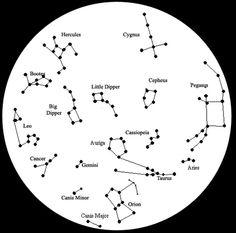



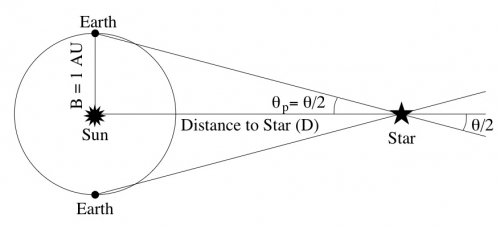
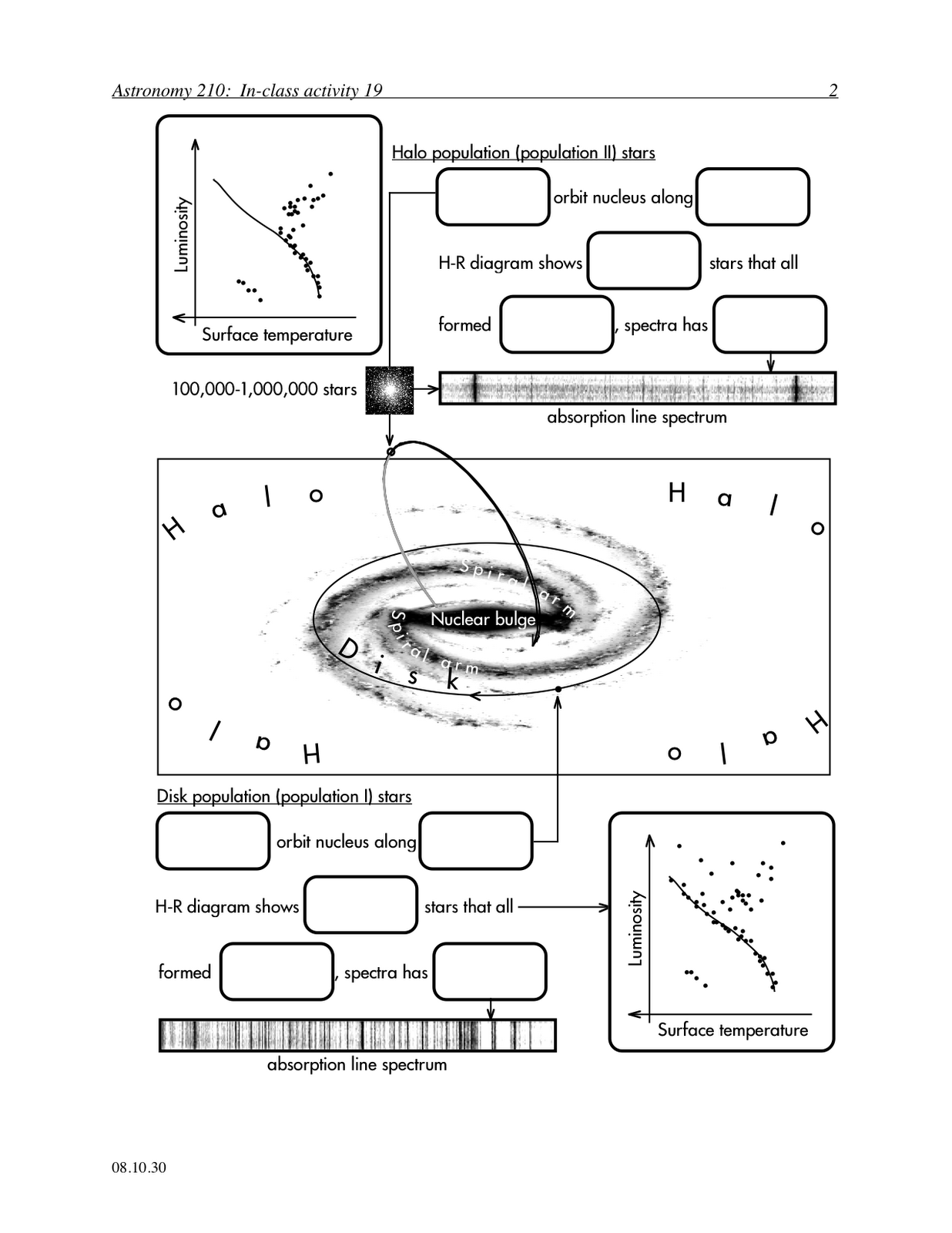
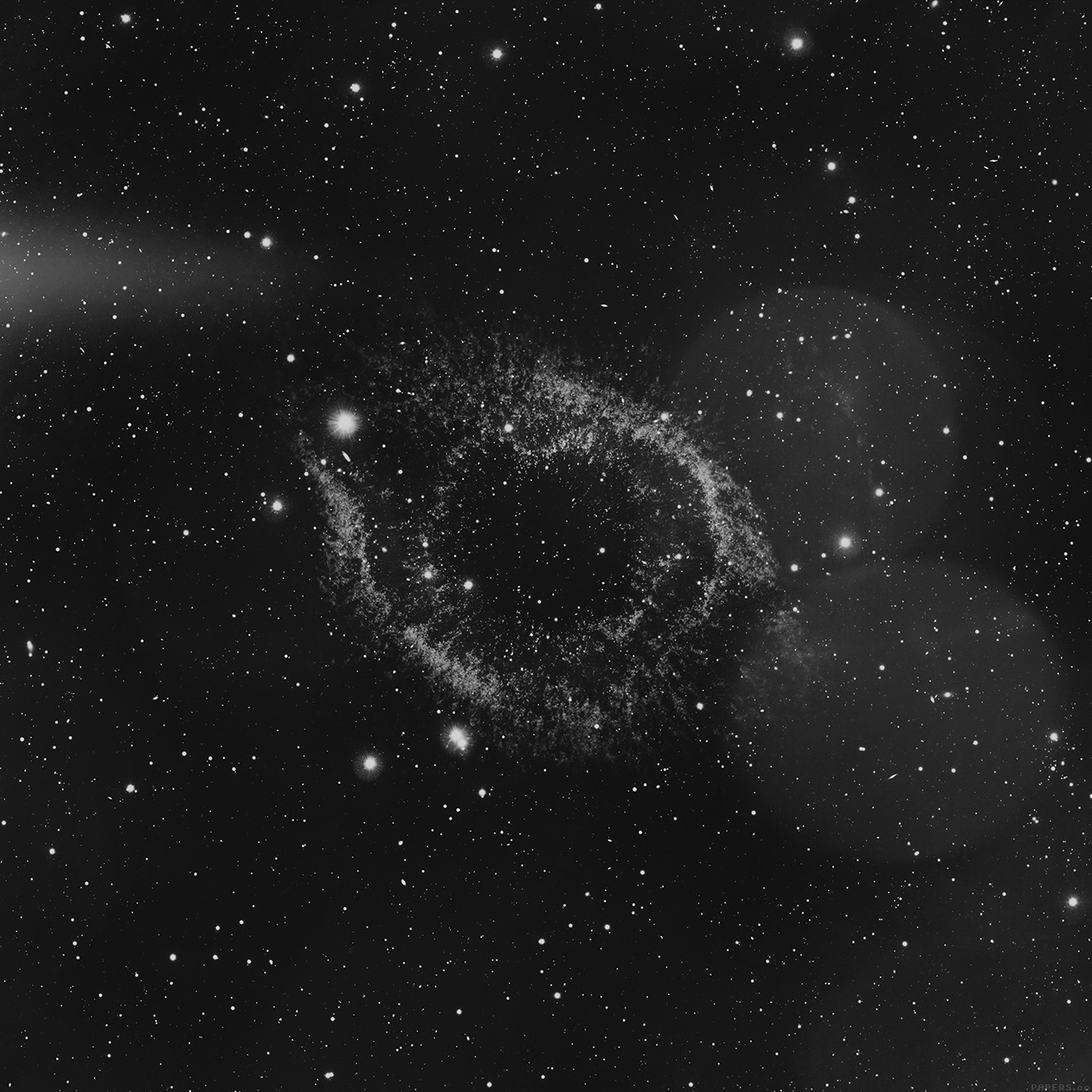
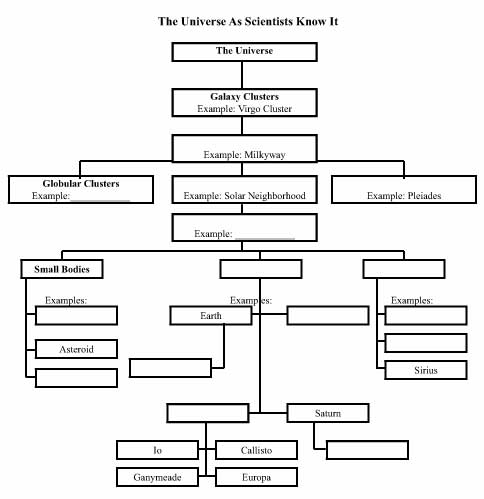

















Comments